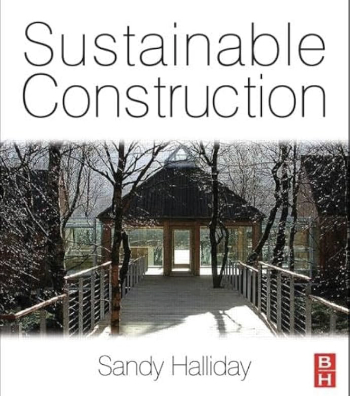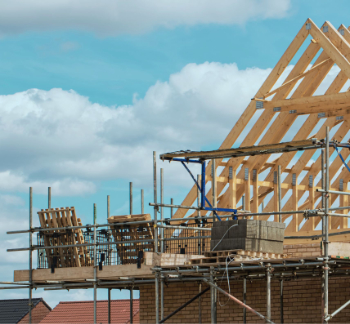Construction Problems Avoided By Using A Modular Approach
[edit] To make a comment about this article, click 'Add a comment' above. Separate your comments from any existing comments by inserting a horizontal line.
Thanks, if you want to write a separate related article rather than a comment, it is free to do so, just search Create a new article. Please do list any source references. Thanks.
- Schedule Delays: Modular construction involves the off-site fabrication of building components in a controlled factory environment. This reduces the dependency on on-site construction activities and minimizes the potential for schedule delays caused by factors such as adverse weather conditions or labor shortages. Off-site fabrication can proceed concurrently with site preparation, enabling faster project completion.
- Quality Control: Factory-controlled modular construction allows for rigorous quality control processes. Building components are manufactured in a controlled environment with standardized procedures, resulting in consistent quality and fewer defects. The use of specialized equipment and experienced personnel in a factory setting helps ensure that each module meets high-quality standards.
- Cost Overruns: The modular construction approach provides better cost predictability compared to traditional on-site construction. Factory production allows for precise estimation of material and labor costs, reducing the risk of unexpected cost overruns. Additionally, the shorter construction period and streamlined process can lead to cost savings in terms of labor and site management expenses.
- Construction Waste: Modular construction generates less construction waste compared to traditional construction methods. Precise measurement and controlled production in the factory environment result in optimized material usage. Any waste produced during the manufacturing process can be recycled or reused, minimizing environmental impact.
- Safety Risks: By shifting a significant portion of construction activities to an off-site factory, the safety risks associated with on-site construction are reduced. Factory-controlled environments provide better safety conditions for workers, with fewer hazards such as working at heights or exposure to adverse weather conditions. This can contribute to improved worker safety and a decreased risk of accidents.
- Design Flexibility: Modular construction offers design flexibility while maintaining efficiency. Modular building components can be customized and configured to meet specific project requirements. The use of standardized modules allows for efficient integration and assembly, ensuring that design changes or modifications can be implemented more easily and with minimal disruption.
You must sign in or register to edit or comment on an article
Return to Talk:Construction Problems Avoided By Using A Modular Approach.
Featured articles and news
Introducing or next Guest Editor Arun Baybars
Practising architect and design panel review member.
Quick summary by size, shape, test, material, use or bonding.
Types of rapidly renewable content
From forestry to agricultural crops and their by-products.
Terraced houses and the public realm
The discernible difference between the public realm of detached housing and of terraced housing.
Put digitalisation and sustainability at the core of curricula
Project management educators are urged.
Looking back at the influence of climate events
From a designer and writer: 'There are limits to growth but no limits to development'.
Terms, histories, theories and practice.
Biophilic design and natural light
Letting in the light and natural elements into spaces.
APM Programme Management Conference 2024
Strategies for Success.
Residential takes the reins as contract awards even out
Contracts down, but remain above the last quarter of 2023.
Celebrating Eid and the largest mud-brick building.
Barry Kingscote claims prestigious CIOB CMYA Award.
The British Mosque: an architectural and social history
The story of some 1,500 mosques or more in Britain.
Heat pump refrigerants, efficiencies and impacts
R12 to R1270 what are the differences?
Global heat pump market in 2023
Challenging times with positive but modest outlook.
Beyond the infrastructure pipeline
Opportunities and chokepoints.























